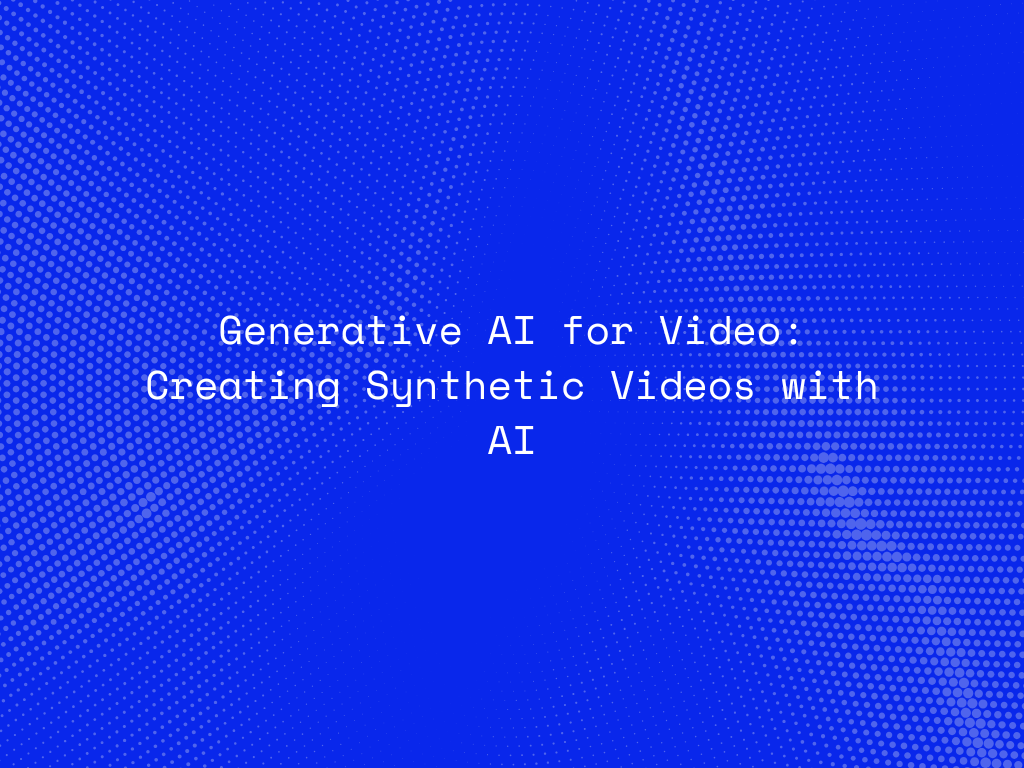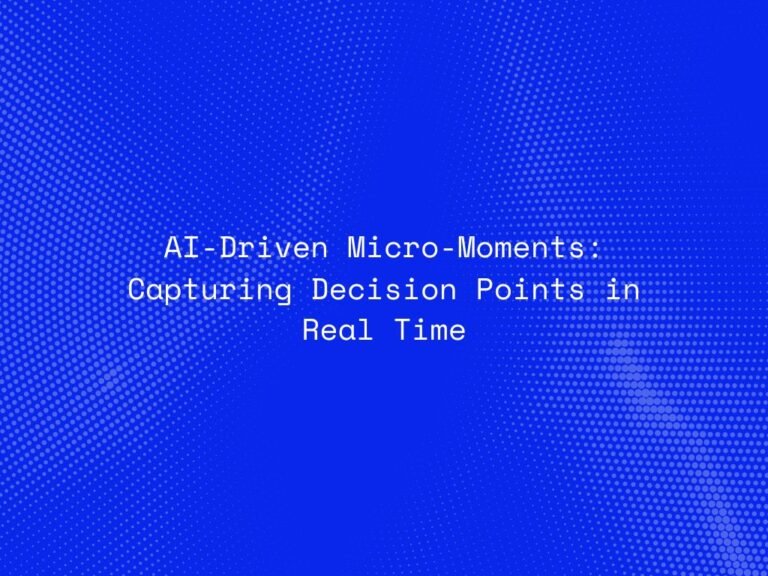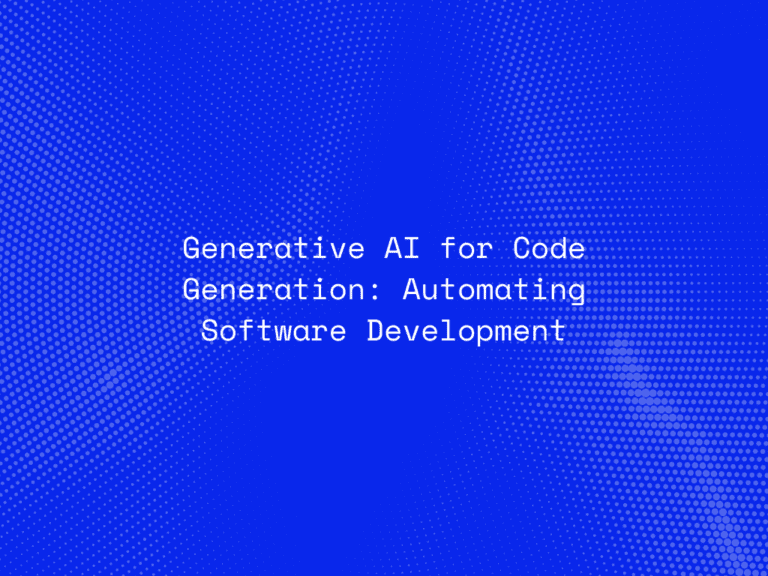Generative AI is revolutionizing content creation, and one of its most exciting applications is in the field of video production. By using Generative AI for video, businesses and creators can now produce synthetic videos that are realistic, high-quality, and customizable, all without the need for extensive human intervention. Whether for marketing, entertainment, or education, generative AI opens up new possibilities in video creation that were once unimaginable.
What is Generative AI for Video?
Generative AI refers to AI models that can create new content from scratch, and when applied to video, it allows for the creation of synthetic videos. These videos can range from fully AI-generated animations to manipulated real-world footage. By training on vast datasets of video and imagery, AI models like GANs (Generative Adversarial Networks) can generate realistic scenes, characters, and environments with minimal human input.
Key Benefits of AI-Generated Videos
- Cost-Effective Production: Generative AI drastically reduces the cost of video production by automating tasks such as animation, scene rendering, and special effects, making it accessible to businesses with limited budgets.
- Scalability: With AI, you can easily scale content creation, generating large volumes of high-quality videos in a fraction of the time it would take traditional production methods.
- Customization and Personalization: AI-generated videos can be tailored to specific audiences or preferences, allowing businesses to create highly personalized content for marketing campaigns, training, and more.
- Rapid Prototyping: For creative professionals, generative AI offers the ability to quickly prototype new ideas, visualize concepts, and experiment with different video styles or formats.
How Generative AI is Changing Video Creation
- AI-Generated Characters and Scenes: Generative AI can create lifelike characters, settings, and even entire storylines from scratch. This technology is being used in gaming, film, and advertising, where synthetic humans or creatures can interact within fully AI-generated environments.
- Deepfakes and Synthetic Media: AI-generated videos, or deepfakes, are being used to create highly realistic videos of real people, opening up both creative opportunities and ethical concerns. In entertainment, synthetic media allows for the creation of hyper-realistic performances without the need for actors or live shoots.
- Automated Editing and Post-Production: AI is transforming post-production by automating tasks like video editing, color correction, and special effects, speeding up workflows and allowing editors to focus on more creative aspects of the production.
Applications of Generative AI in Video
- Marketing and Advertising: Generative AI is being used to create personalized ad campaigns, enabling businesses to target customers with videos tailored to their preferences and behaviors.
- Entertainment: In the entertainment industry, AI-generated videos are being used to create films, TV shows, and virtual concerts, with synthetic actors and environments that push the boundaries of visual storytelling.
- Training and Education: Generative AI allows for the creation of educational videos that simulate real-world scenarios, providing immersive training experiences in fields such as medicine, aviation, and customer service.
Ethical Considerations and Challenges
While Generative AI offers incredible potential, it also raises ethical questions, especially around the creation of deepfakes and manipulated media. Key challenges include:
- Misinformation: AI-generated videos can be used to create misleading or false information, making it difficult to distinguish between real and synthetic content.
- Copyright and Ownership: As AI-generated content becomes more prevalent, questions around copyright ownership and intellectual property are emerging.
- Bias in AI Models: Just like any AI system, generative models can perpetuate biases found in their training data, leading to biased or harmful outputs in video content.
The Future of AI-Generated Video
As Generative AI continues to advance, we can expect even more sophisticated synthetic video creation capabilities. From fully interactive virtual reality experiences to personalized video content generated in real-time, AI is set to redefine how we produce, consume, and interact with video media. Businesses that embrace this technology will have the opportunity to innovate and differentiate themselves in a crowded content landscape.
Conclusion:
Generative AI is transforming the world of video production, enabling businesses to create synthetic videos that are scalable, customizable, and cost-effective. As this technology evolves, it will continue to shape the future of content creation, offering new opportunities for industries ranging from marketing to entertainment. Understanding the potential and limitations of AI-generated videos will be key for businesses looking to stay ahead in this rapidly changing landscape.




